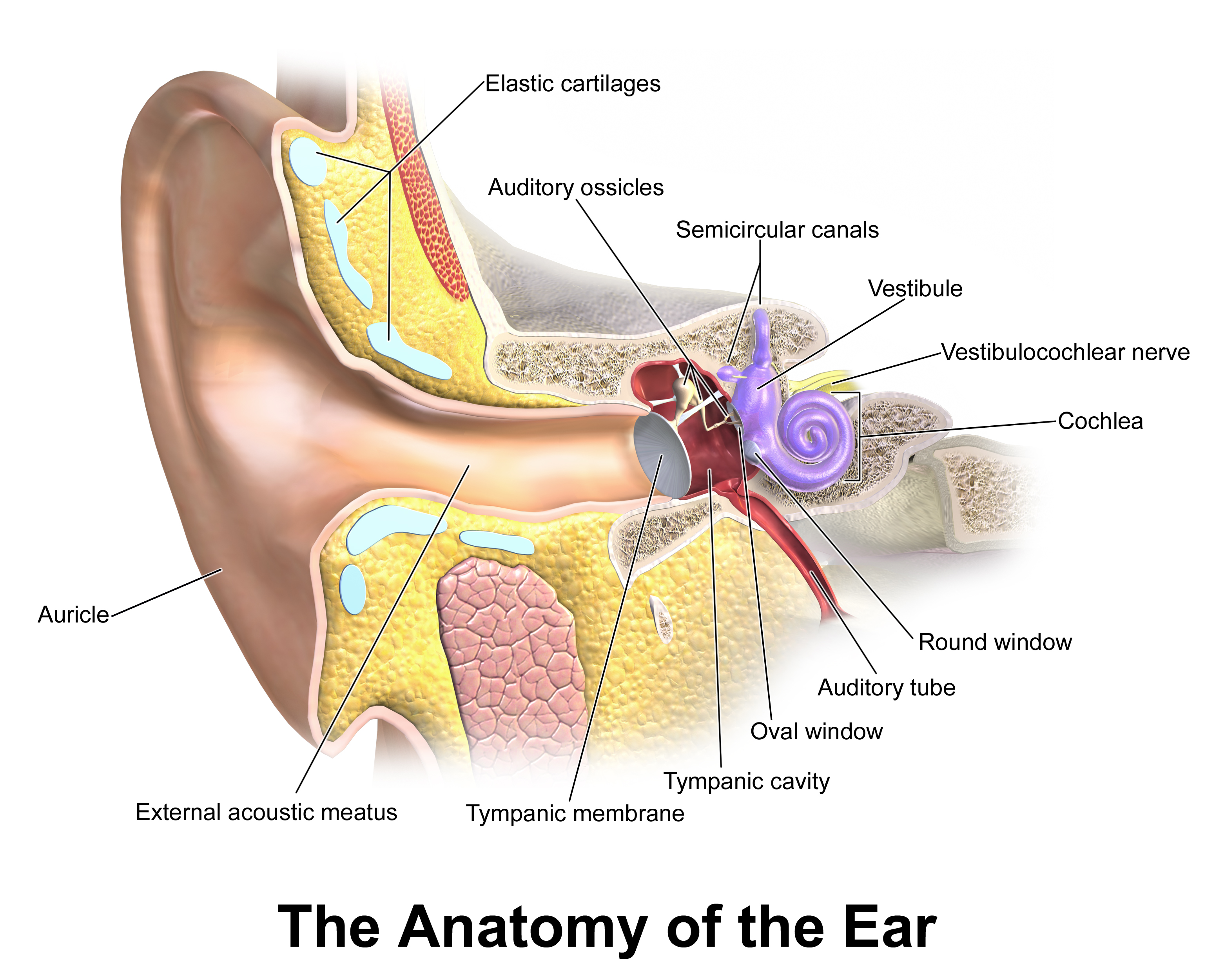
That there is a right way to clean your ears proposes that there is a wrong way, and undoubtedly, there is a very wrong way. The wrong way is prevalent, and it breaks the first rule of cleaning your ears: don’t insert foreign objects into your ear canal. That includes cotton swabs and any other item that will likely only push the earwax up against the eardrum, possibly causing irritation, temporary hearing loss, or eardrum damage.
So what should you be doing to clean your ears under usual conditions? In a word: nothing (I hope you weren’t expecting something more profound). Your ears are made to be self-cleansing, and the regular movements of your jaw move earwax from the canal to the outer ear. If you attempt to remove it, your ear just produces more wax.
And earwax is beneficial, as it contains protective, lubricating, and antibacterial qualities. In fact, over-cleaning the ears brings about dry, itchy, irritated skin within the ear canal. Therefore, for the majority of people the majority of of the time, nothing is required other than normal washing to wash the outer ear.
But notice that we said MOST of the time, because there are situations in which individuals do produce too much earwax or excess earwax impacts the eardrum. In instances like these, you will need to clean out your ears. Here’s how:
Cleaning your ears at home
We’ll say it again: don’t insert any foreign objects into your ear canal. You can irritate the sensitive skin of the canal and can end up perforating your eardrum. This means no cotton swabs and positively no ear candles. (Speaking of ear candles, in 2010, the FDA distributed a warning against using them, reporting that no scientific evidence supports their effectiveness and that their use can cause major injuries.)
To properly clean your ears at home, take the following steps:
- Buy earwax softening solution at the drugstore or make some at home. Directions for making the solution can be found on the web, and the solution often includes the use of hydrogen peroxide, mineral oil, and glycerin.
- Pour the solution into your ears from the bowl or by using a plastic or bulb syringe. Tilt your head to the side and allow the solution to work for 5-10 minutes.
- Drain the fluid out of your ear by tilting your head slowly over a container or the sink, or you can use a cotton ball pressed against the outside of the ear. (I know it’s tempting, but again, don’t force the cotton ball into your ear.)
- Flush out your ears with lukewarm water using a bulb syringe to free any loosened earwax.
When not to clean your ears at home
Cleaning your ears at home could be hazardous in the presence of an ear infection or a perforated eardrum. If you experience any symptoms such as fever, dizziness, ear pain, or ear discharge, it’s best to speak with your doctor or hearing specialist. Additionally, repeated attempts at self cleaning that fail may signify a more severe congestion that requires professional cleaning.
Medical doctors and hearing specialists utilize a variety of medicines and devices to rapidly, thoroughly, and safely remove excess earwax. The solutions tend to be more powerful than the homemade variants, and instruments called curettes can be inserted into the ear to manually remove the wax.
When in doubt, leave it to the experts. You’ll get the assurance that you’re not causing harm to your ears, and symptoms can subside within minutes of a professional cleaning. In addition, underlying problems or hearing loss can be identified and corrected by a professional.
If you have any additional questions or want to set up an appointment, give us a call today! And remember, if you’re a hearing aid user, you’ll want to get a repeated professional checkup every 6 months.